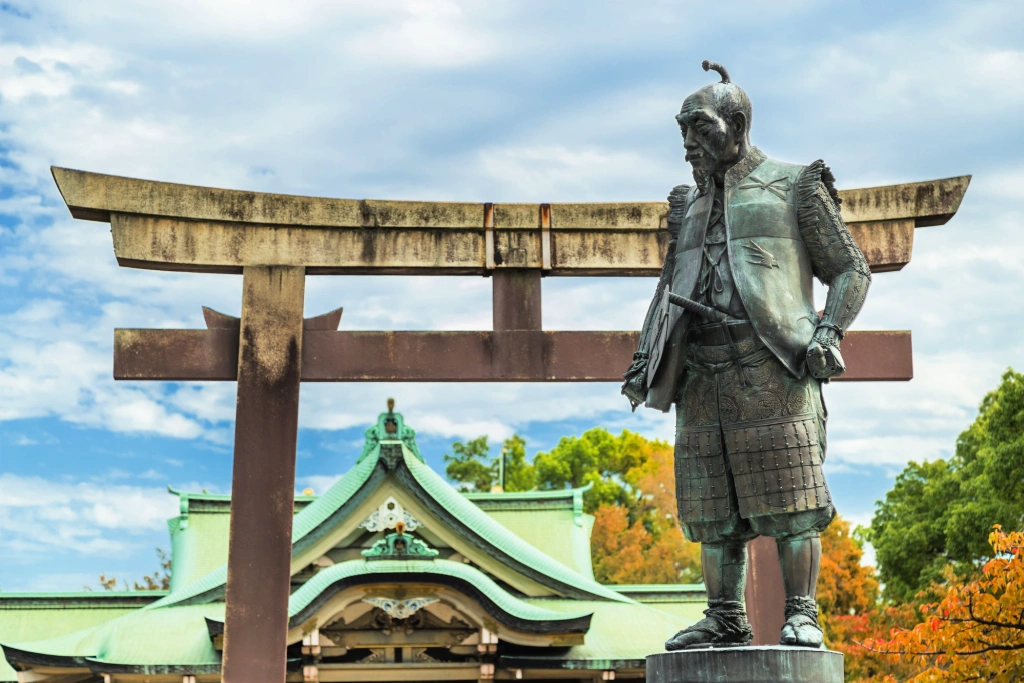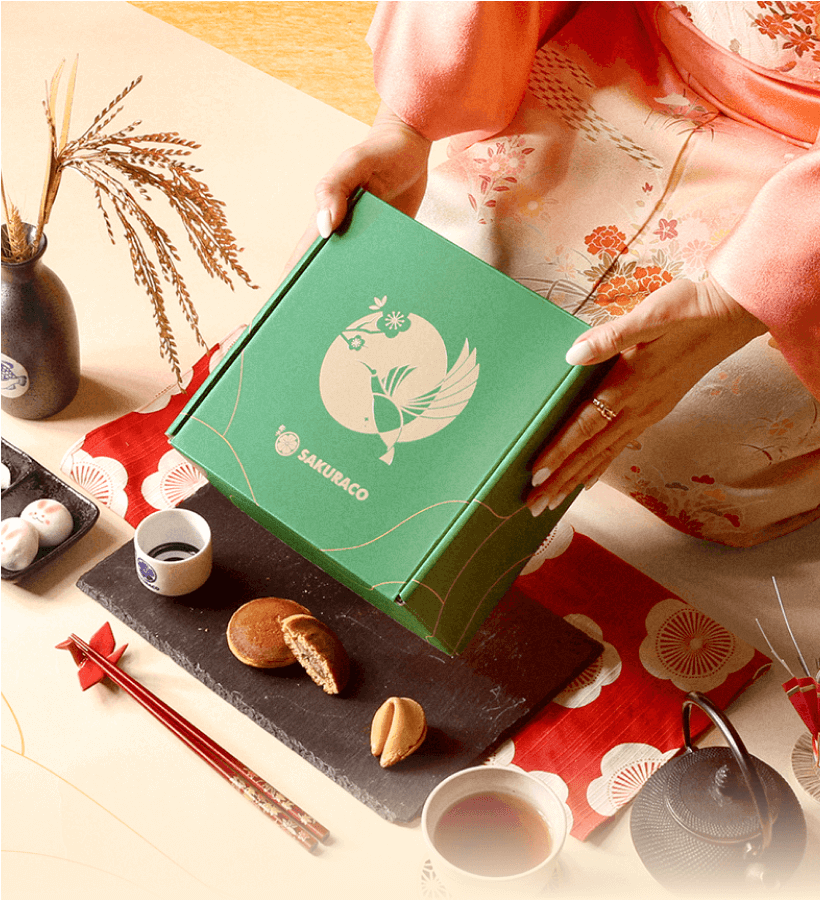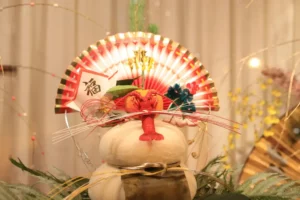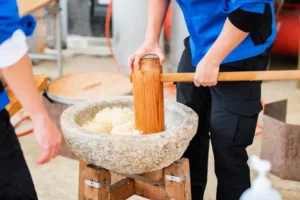Japan has countless tales of warriors who helped shape the country. Among them, samurai such as Toyotomi Hideyoshi stand the tallest because of their honor and skill. In Osaka Prefecture, these fighters left a unique mark. Their exploits take place far away from the refined courts of Kyoto on open fields, castle walls, and backroom negotiations.
However, their battles and loyalty forged a distinct path for the region that differs considerably from Tokyo’s. The power and ambition of these warriors directly influenced the bold energy that the city and prefecture are known for today. Let’s discover more about the samurai of Osaka!
Table of Contents
ToggleToyotomi Hideyoshi
Toyotomi Hideyoshi was born in 1537 in what is now Aichi Prefecture. He rose from humble peasant roots to become a samurai. Later, when he moved to Osaka, he made it his stronghold and base for his grand vision. Hideyoshi ruled Japan during the Sengoku period (1467–1603), a time of endless war. His name means “abundant provider of glory,” a fitting title for a unifier. His campaigns reshaped Japan, ending with the peace of the Edo period.
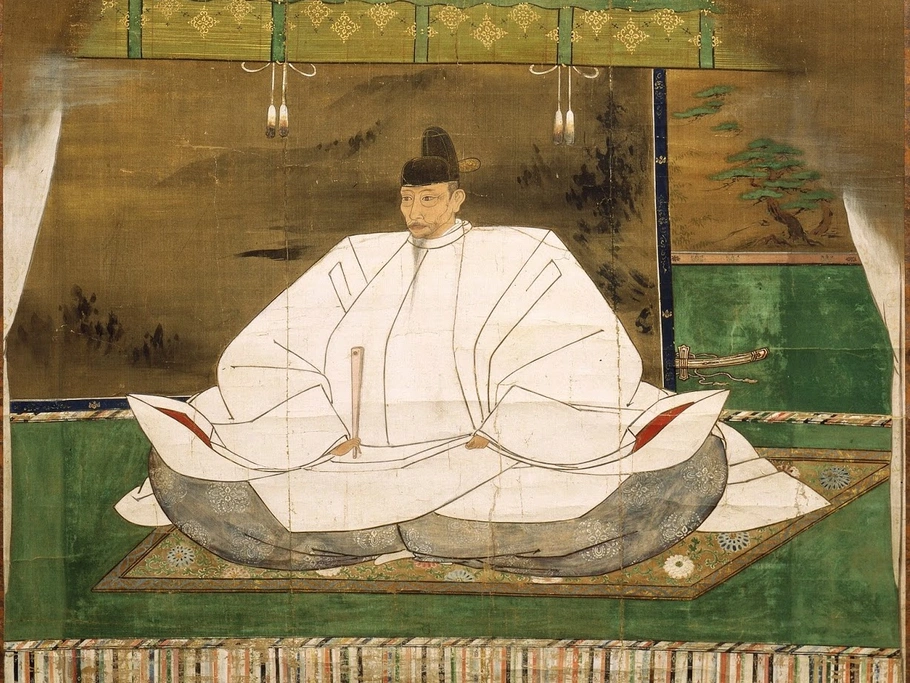
This samurai’s legacy continues in the region to this day. He built Osaka Castle in 1583 as a symbol of his might. Its stone walls and moats stood firm against attackers for many years. His grand castle is a short walk away from Osaka Station and draws history fans worldwide. It is especially popular in spring during cherry blossom season.
Sanada Yukimura
Sanada Yukimura is a hero known for his final stand in the face of defeat. He was born in 1567 in Shinano, which is now Nagano Prefecture. But he fought for the Toyotomi clan, which controlled Japan before the Edo period. Known as “the Crimson Demon” for his red armor, he faced off against the Tokugawa army in 1615. Yukimura’s skilled swordsmanship and tactics were on display during the Osaka Siege.
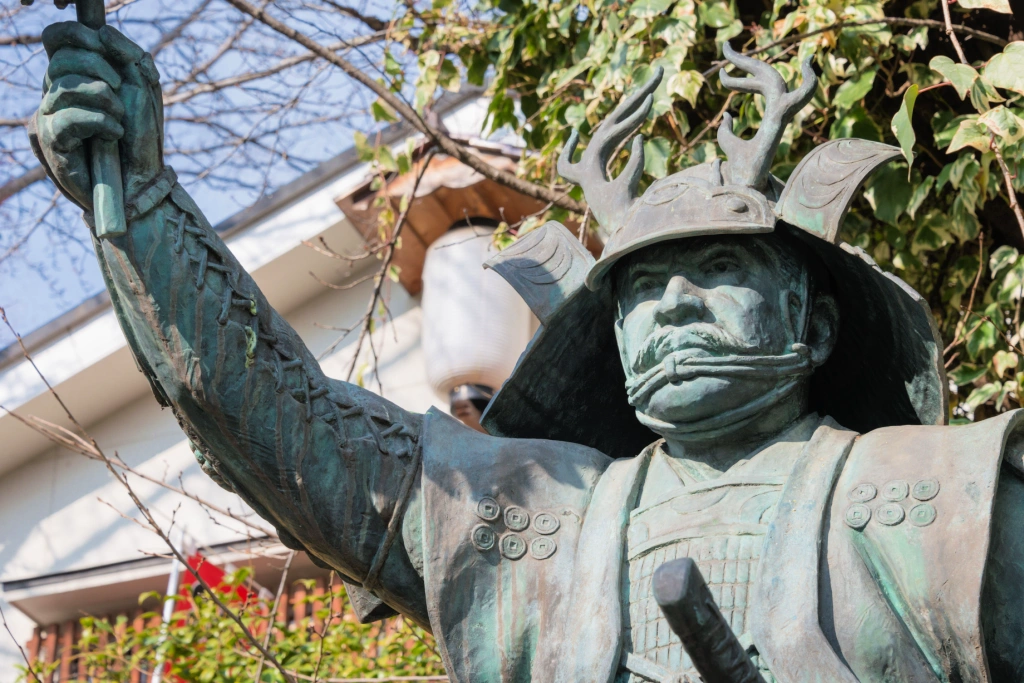
This was a series of fierce battles between the Tokugawa shogunate and the Toyotomi clan. The Winter Siege and the Summer Siege were the two largest confrontations. Yukimura and his roughly 7,000 men defended the Sanada-maru fortification fiercely. He held Osaka Castle against huge odds, but the siege marked his last battle.
Osaka’s Tennoji Ward, south of the castle, honors his memory with a statue in his tribute. It is located ten minutes on foot from Tennoji Station. Yukimura’s bravery still inspires all who hear of it, and his name lives in Osaka’s warrior lore. Summer events in the city recall this last stand and his will to keep fighting. Even in defeat, his spirit symbolizes the city’s defiance.
Are you looking for great snacks from Osaka? Check out Sakuraco! Sakuraco delivers traditional Japanese snacks, teas, and sweets from local Japanese makers directly to your door so you can enjoy the latest treats directly from Japan!
Miyamoto Musashi
Miyamoto Musashi was likely born in 1584 in Harima, where Hyogo Prefecture is today. He traveled extensively across Japan, so his birthplace is still being debated. His journeys eventually led him to Osaka, where he gained fame as one of Japan’s finest swordsmen. In 1615, he joined the castle battles, fighting for the Tokugawa side.
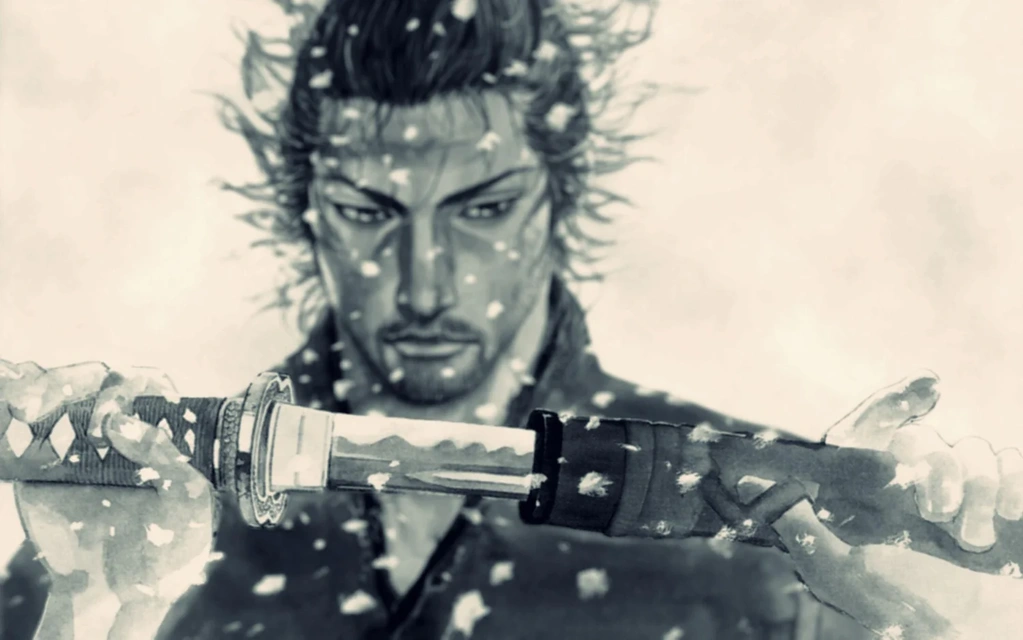
Musashi tested his dual-sword style in his confrontations. In the more peaceful times that followed, he roamed Kansai and perfected his technique. He is most famous for his writing, “The Book of Five Rings”, which guides warriors even now. His life blended violent combat with calm, meditative reflection. In his later years, he settled in Kumamoto Prefecture, but his brief ties to Osaka added depth to its history. A museum there near Kumamoto Station celebrates his legacy.
Ikeda Terumasa
Ikeda Terumasa also helped shape the Osaka region in the early Edo period (1603–1867). His ties with the city run deep. even though he was born in 1565 in Mino Province, which is Gifu Prefecture today. He pledged loyalty to Toyotomi Hideyoshi and was rewarded with vast lands in Osaka and nearby domains around the city. Terumasa governed these along with his family and started the city’s shift to peace
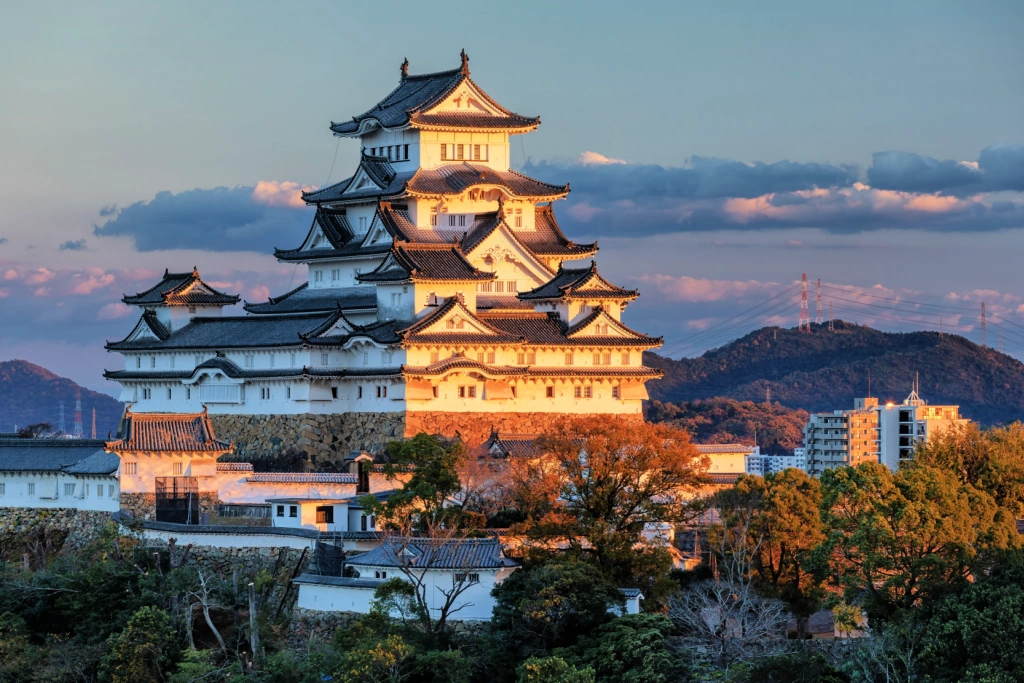
One of these land parcels was in Himeji, about an hour outside the city. His influence can be seen here; he rebuilt Himeji Castle, “the white castle”. Today, this castle near Himeji Station is a UNESCO site. This samurai brought about order after chaos during his rule.
Katagiri Katsumoto
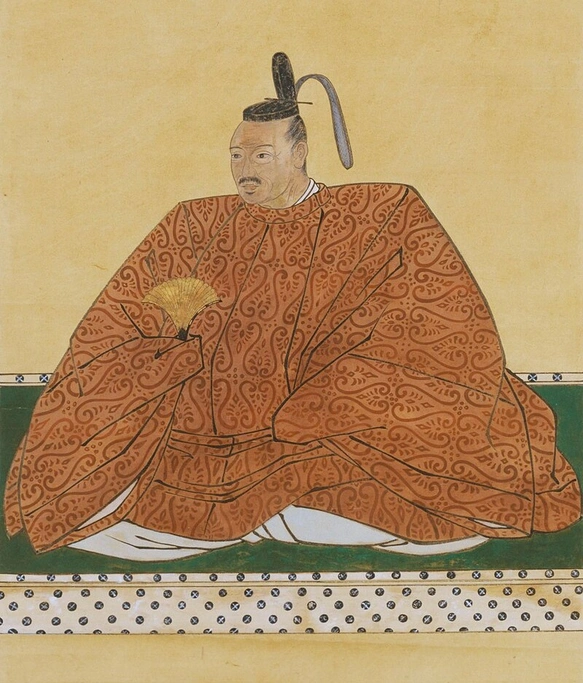
Katagiri Katsumoto was another samurai connected to Toyotomi Hideyoshi. Katsumoto was born in 1556 in Omi Province, known as Shiga Prefecture. He managed castle construction and diplomacy as a key aide under his lord’s banner. As a result, his life was a mix of war and stability. He stayed loyal to Toyotomi during the battles but sought peace with Tokugawa. His efforts softened the conflict, and his steady hand earned him trust in turbulent times.
Why are samurai from Osaka important?
Samurai from Osaka are important because their deeds built the city’s identity. Many of them climbed from nothing to become victorious, respected leaders. They held the line in defeat, and this tenacious attitude is present in people from the Prefecture today. Others pushed for peace even while performing their duties loyally. And gave the city the chance to become a prosperous merchant town.
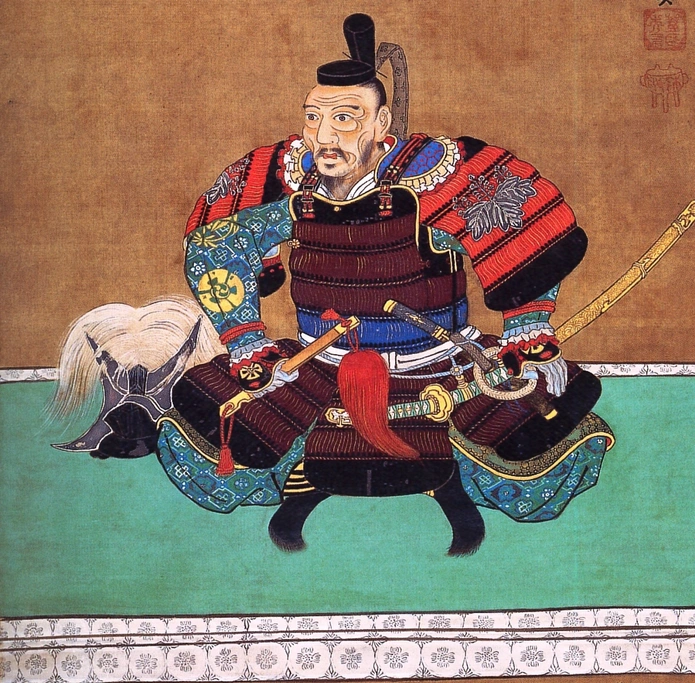
Moreover, they left traces of impressive castles, stories, and achievements. They are still celebrated in festivals and quiet corners as examples of the city’s complex history. Do you have any tips for exploring this area’s samurai sites? Or do you know any interesting facts about other legendary fighters from this area? Share thoughts or tips below!


